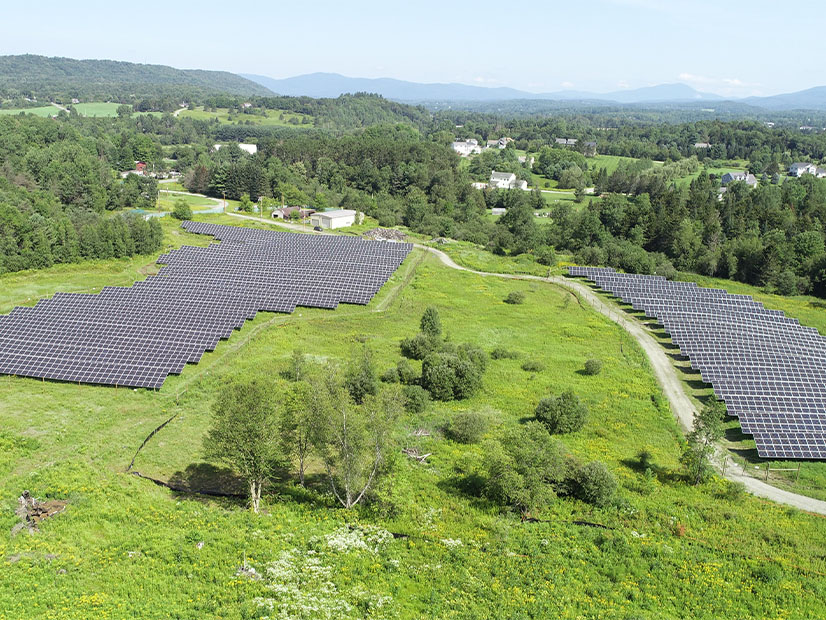
Current estimates of the land needed for utility-scale photovoltaic (USPV) facilities in the decarbonization of the U.S. power sector are “significantly” overstated, according to a new study from the Lawrence Berkeley National Laboratory.
Relying on outdated energy density estimates of a 2013 National Renewable Energy Laboratory (NREL) report to understand both USPV land requirements and land-use impacts is problematic, Berkley Lab research scientist Mark Bolinger said Monday.
The study, “Land Requirements for Utility-Scale PV,” updates USPV power and energy densities based on data for the sector from 2011 to 2019.
“Virtually all modeling studies looking at decarbonization scenarios tell us that we’re going to need to build massive amounts of solar to decarbonize not only the power sector, but also the broader economy,” Bolinger, who is co-author of the study, said during a webinar.
As the amount of land used for USPV development grows at an accelerated pace, Bolinger said it likely will heighten and potentially exacerbate public concerns about land-use impacts.
NREL’s report, “Land-Use Requirements for Solar Power Plants in the United States,” is the most recent major study of USPV power and energy density, even though the solar sector has changed a lot in the last decade.
Per-acre power density estimates in the NREL report for tracking plants are about 35 times higher than those of the new report. NREL’s estimates, however, are “routinely cited,” Bolinger said.
A 2021 Princeton study on land requirements for various decarbonization scenarios said that, based on NREL’s data, expanding solar 10% a year through 2030 could require 16 million acres. Berkeley’s data, however, could put that estimate closer to 460,000 acres.
Several industry changes have affected the difference in the studies’ density estimates, according to Bolinger. Module conversion efficiencies are increasing, and developers are shifting from fixed-tilt racking to single-axis tracking, he said. In addition, tracking algorithms are more sophisticated, which boosts energy capture.
The Berkeley study used a sample of 723 operating plants totaling 35 GW of capacity, representing 90% of the plants built in the U.S. between 2011 and 2019. By the end of the study period, Bolinger said, there were nearly twice as many tracking plants and twice as much tracking capacity as fixed-tilt capacity in the sample.
Most of the change in preference, he added, has happened since 2015, reflecting “the declining cost and increasing reliability of single-axis tracking.”
Overall findings for the report show that per-acre power and energy densities have “increased significantly,” Bolinger said. Power density is up 52% for fixed-tilt plants and 43% for tracking plants, he said, while energy density is up 33% and 25%, respectively, based on the area directly occupied by arrays.
Berkeley expects to update the solar plant dataset through 2021 and for future years “so these benchmarks of solar’s power and energy density never become as stale as they were prior to this update,” Bolinger said.
Researchers also plan to study the effect of advancements in module technology and emergence of hybrid PV-storage plants on energy density, he said.


